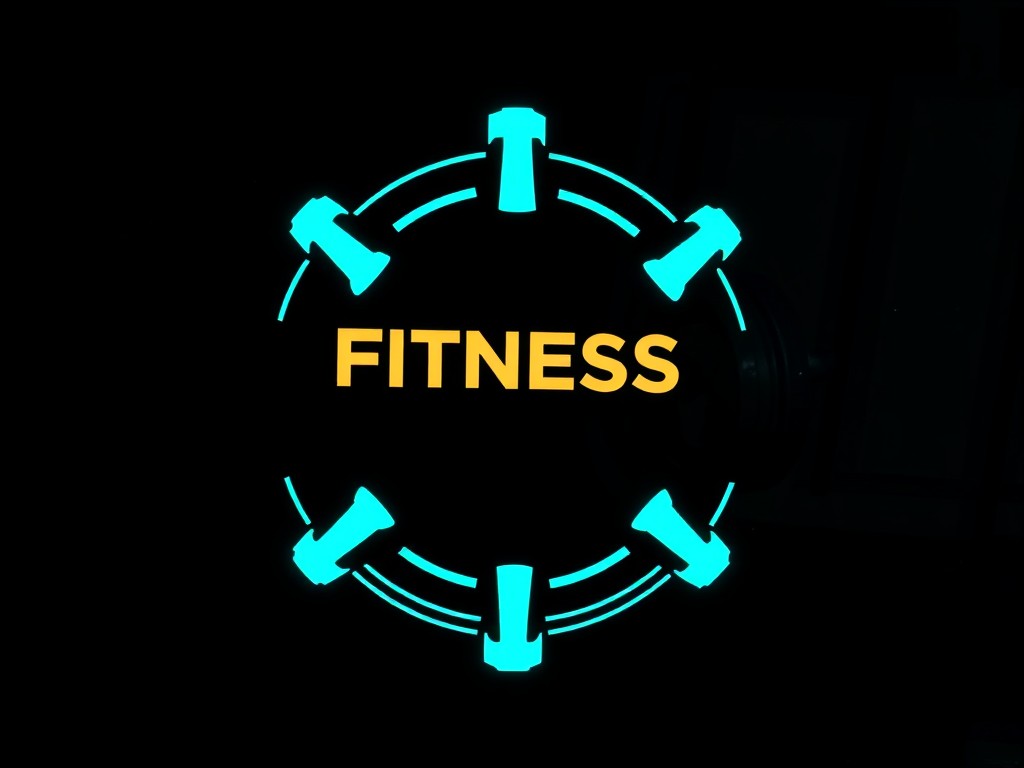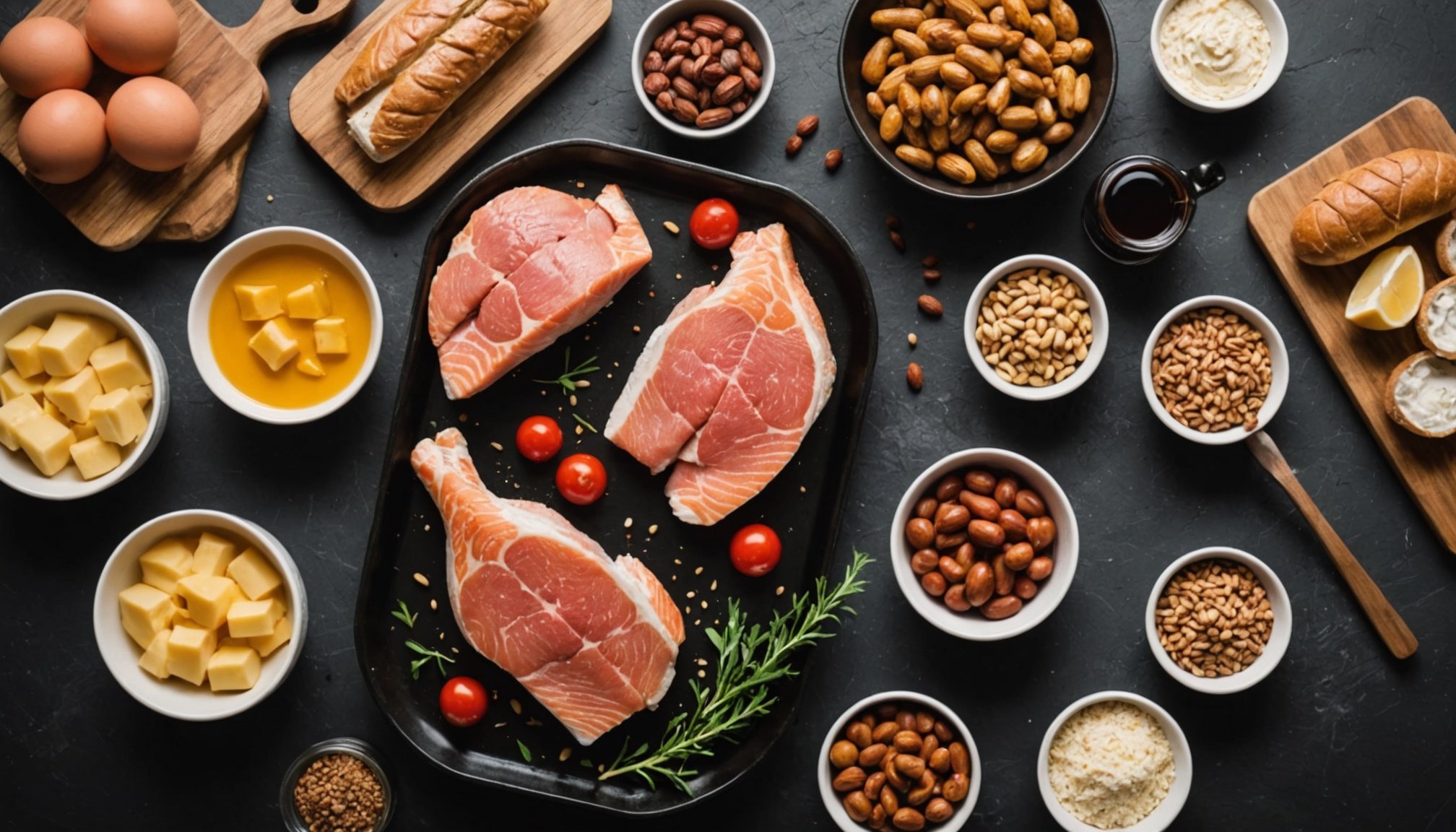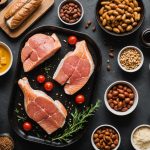In our quest for a healthier, leaner body, the balance between fat loss and muscle maintenance often becomes a tricky path to navigate. In the pursuit of shredded abs, we may inadvertently lose valuable muscle mass, hindering both aesthetics and performance. Therefore, it’s paramount to devise a dietary strategy that cuts unwanted fat while preserving, or possibly increasing, lean muscle mass. This article provides you with some tactics to help achieve this balance, based on scientific evidence and sound nutritional principles.
Optimizing Your Protein Intake
When it comes to maintaining muscle mass while reducing body fat, protein is your best friend. It’s well established in the scientific community that protein is essential for building and maintaining muscle tissue. Yet, it’s worth noting that protein also plays an essential role in fat loss.
Topic to read : How can progressive overload principles be applied to maximize bicep growth specifically?
A protein-rich diet promotes satiety, which reduces overall calorie intake by limiting the urge to snack and overeat. Moreover, protein has a high thermic effect, meaning your body uses a significant amount of energy to digest and absorb it, further contributing to fat loss.
The American College of Sports Medicine recommends that individuals engaging in regular strength training or high-intensity cardio should aim for a protein intake of 1.2-2.0 grams per kilogram of body weight per day. This intake can typically be achieved through a balanced diet of lean meats, dairy, eggs, and plant-based sources of protein such as beans, lentils, and tofu.
Also to read : Which specific plyometric drills boost agility and power in sprinters?
Incorporating a Calorie Deficit
The cornerstone of any fat loss plan is creating a calorie deficit. This means you consume fewer calories than your body expends daily. However, when you’re also trying to maintain muscle mass, it’s essential to ensure that the calorie deficit is not too drastic. A steep drop in energy intake can lead to muscle loss since the body might start breaking down muscle tissue to meet its energy needs.
Aim for a modest calorie deficit of about 500 calories per day. This pace will yield a safe and sustainable weight loss of about 0.5-1 kilogram per week, while also preserving muscle mass. It’s crucial to pair this dietary strategy with regular resistance training, which sends the necessary signal for your body to retain muscle even as it sheds fat.
Regular Exercise and Resistance Training
Exercise plays a critical role in managing your body composition. Cardiovascular exercises, such as running and cycling, help burn fat, while resistance training helps build and maintain muscle. Additionally, exercise offers multiple health benefits and enhances your metabolic rate, which aids in weight loss.
High-intensity interval training (HIIT) can be particularly effective for fat loss. HIIT involves short bursts of intense exercise followed by short periods of rest, and has been shown to burn a significant amount of calories in a short period.
Resistance training, such as weightlifting, is crucial for maintaining and building muscle mass. The American College of Sports Medicine recommends 2-3 days per week of full-body resistance training for optimal results.
Tailoring Your Carb and Fat Intake
While focusing on protein, it’s essential not to ignore the role of carbs and fats. Both are integral parts of a balanced diet, and when managed correctly, can aid in fat loss and muscle maintenance.
Carbs are the body’s primary source of energy. Consuming them before a workout can provide the fuel necessary for intense training, while post-workout carbs can help with recovery and muscle repair. The key is to opt for nutritious, complex carbs like whole grains, fruits, and vegetables, rather than refined or sugary foods.
Fats are also crucial for energy and the absorption of fat-soluble vitamins. Healthy sources of fats such as avocados, nuts, and olive oil can be included in moderation in your diet.
Embracing the Importance of Meal Timing
While there’s no definitive rule about the best time to eat for fat loss and muscle maintenance, meal timing can still play a role in managing hunger, energy levels, and workout performance.
Aim to spread your calorie intake evenly throughout the day, with a focus on pre- and post-workout nutrition. Consuming a balanced meal of protein and carbs before a workout can provide energy and preserve muscle mass, while post-workout nutrition aids in recovery and replenishment.
Remember, each body is unique. It’s essential to listen to your body and adjust your dietary strategy accordingly. It can be beneficial to consult with a dietitian or nutrition professional to build a custom plan that suits your lifestyle, dietary preferences, and fitness goals.
Ensuring Adequate Intake of Vitamins and Minerals
Our bodies require a certain amount of vitamins and minerals to function optimally. These vital nutrients support a myriad of physiological processes, including muscle function, energy metabolism, and immune response. When embarking on a diet aimed at reducing body fat while maintaining muscle mass, it’s vital to ensure your nutritional intake doesn’t fall short.
Vitamins, such as vitamin C and E, have antioxidant properties that help protect muscle cells from damage during intense workouts. Vitamin D, on the other hand, plays a critical role in muscle function and strength. A study published in the Clin Nutr journal highlighted a strong link between vitamin D deficiency and reduced muscle strength.
Minerals like magnesium, zinc, and calcium also play crucial roles in muscle contraction and relaxation, protein synthesis, and energy production. A systematic review published by Google Scholar indicates that adequate magnesium intake is associated with higher muscle mass in middle-aged and older adults.
To meet your vitamin and mineral requirements, aim to include a variety of fruits, vegetables, whole grains, lean proteins, and healthy fats in your diet. If you’re finding it challenging to meet your nutrient needs through diet alone, consider speaking with a healthcare professional about the possible need for supplements.
Staying Hydrated
Hydration is an often-overlooked aspect of dieting but plays a significant role in weight loss and muscle maintenance. Water makes up a large part of our body composition and is involved in nearly every bodily function, including nutrient transport and waste removal.
Dehydration can lead to decreased physical performance, muscle cramps, fatigue, and reduced metabolism – all of which could impair your fat loss and muscle maintenance efforts. According to a review meta-analysis in the PMC Free journal, even mild dehydration can slow down metabolic rate and hinder fat loss.
To stay adequately hydrated, aim to drink at least 2.7-3.7 liters of water per day, as recommended by the Institute of Medicine. This intake should be increased if you engage in regular intense workouts, or if you live in a hot climate. Besides water, hydrating foods such as fruits, vegetables, and soups can also contribute to your fluid intake.
Conclusion
Embarking on a journey to lose fat while maintaining muscle mass requires a multi-faceted approach that combines an optimized diet, regular exercise, and a keen focus on overall well-being. A high protein intake, coupled with a calorie deficit, regular resistance training, and a balanced intake of carbs and fats, forms the foundation of this strategy.
Furthermore, the role of vitamins, minerals, and hydration in achieving your desired body composition cannot be overstated. Remember, there’s no one-size-fits-all approach to dieting. It’s all about finding what works for your body and complements your lifestyle.
While this article provides a comprehensive guide for anyone looking to strike the delicate balance between fat loss and muscle maintenance, it’s crucial to seek the advice of professionals in the field of nutrition and fitness. As we continue to learn more about our bodies and their needs, staying informed and adaptable is key to achieving and maintaining healthy, lean muscle mass.











